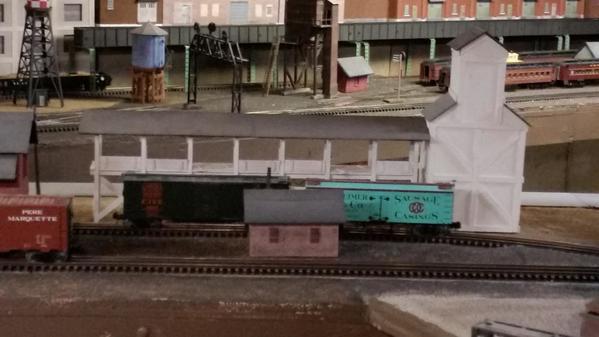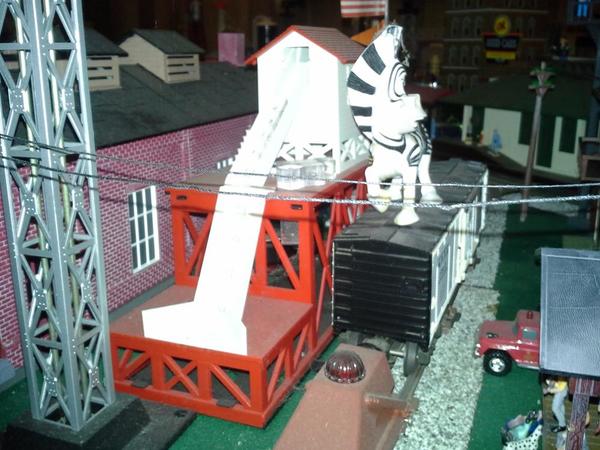A prior post pointed out that milk cars were not iced. It appears that the actual situation is more complicated...
It is true that milk cars with internal glass tanks were not iced. According to Wikipedia the milk was loaded chilled and stayed cool in the sealed, insulated car.
Cars carrying cans of milk on a milk run were iced on the Rutland, for shipment to NYC and Boston. Nimke's book "The Rutland", Volume VI, Part 1 has a complete discussion of icing milk cars in Alburgh, Vt on page 11. Included are plans for the ice house and ramp, track diagrams, a discussion of the process, and photos of a crew icing a milk car.
Ice blocks were loaded through the car doors, and broken up using axes. At each stop ice was shoveled around cans as they were loaded.
The Rutland harvested their own ice; Alburgh is on Lake Champlain. There was a ramp from the lake to the ice house - the facility would make a neat model.
Jan


























